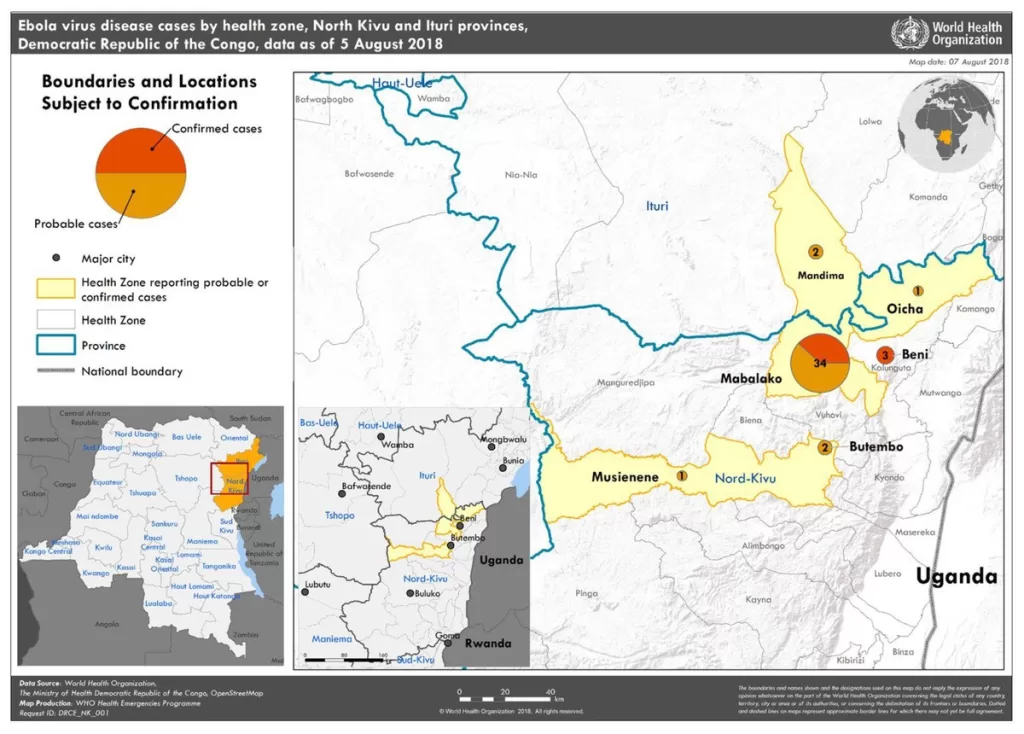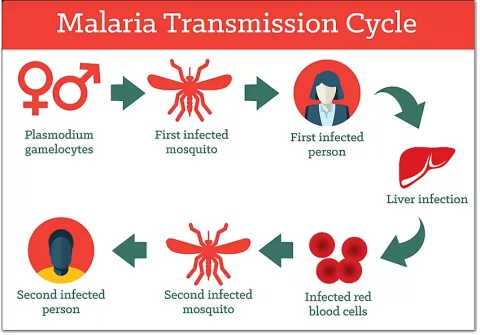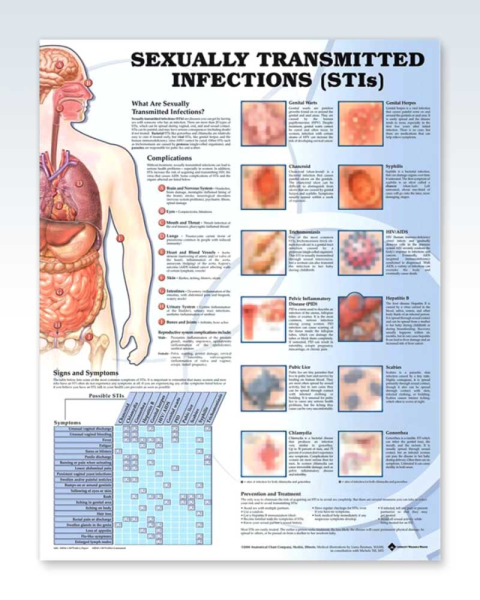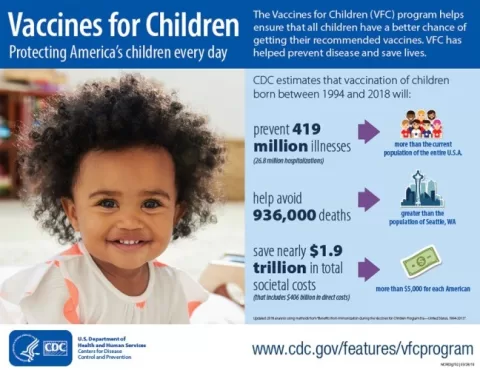The Democratic Republic of Congo outbreak has raised alarm bells as health officials race to identify an unknown disease affecting Kwango province. This unsettling situation has seen at least 376 individuals stricken, with death counts varying dramatically between 67 and 143 since its emergence in late October. Patients have presented with alarming symptoms such as fever, intense headache, respiratory complications, and anemia, making this outbreak a pressing concern for DRC health news. The World Health Organization (WHO) has been alerted, amplifying the need for immediate action and investigation into this infectious disease in Kwango. As the community grapples with this crisis, the focus remains on curbing the spread of this mysterious ailment and ensuring safety in affected areas.
In the heart of Central Africa, an unsettling health crisis is unfolding as rural regions in the DRC face the impact of an unidentified viral outbreak. Known primarily as the Kwango province disease, this epidemic has triggered widespread concern due to its high rates of morbidity and mortality among vulnerable populations, particularly women and children. Various reports highlight the urgent need for scrutiny as officials and international health bodies, including the WHO, mobilize to contain this infectious disease in Kwango and unravel its origins. With the community bearing the brunt of the health challenges, particularly those lacking access to essential medical care, the situation underscores the critical nature of public health readiness in the region. As updates on the unknown disease outbreak DRC emerge, the world watches closely, hoping for timely interventions and resolutions.
Understanding the Democratic Republic of Congo Outbreak
The Democratic Republic of Congo (DRC) is currently facing a concerning outbreak of an unknown disease in the Kwango province. This outbreak has drawn attention due to the alarming number of reported cases and associated fatalities, which include a range reported by different news agencies. As of now, at least 376 individuals have exhibited symptoms linked to this outbreak, with death toll estimates fluctuating between 67 and 143. Key symptoms reported among those afflicted encompass fever, headaches, runny noses, breathing difficulties, and anemia, raising significant public health concerns and prompting further investigation by DRC health officials.
The ongoing surveillance and reporting by various health networks, including the WHO and FluTrackers, highlight the critical need for an in-depth understanding of the disease’s transmission patterns and underlying causes. Rural populations are particularly vulnerable due to limited access to healthcare resources and medical interventions, which exacerbates the impact of the outbreak. Given the troubling effects seen among women and children, especially those over 15 years old, public health initiatives must prioritize effective communication and disease prevention strategies to combat this scourge.
Investigating the Unknown Disease Outbreak in DRC
Health authorities in DRC are actively investigating the unknown disease outbreak that has significantly affected Kwango province. This effort comes as symptoms among the affected population pose considerable risks, prompting immediate scrutiny and urgent action from officials. The reported range of fatalities suggests that this disease may have a particularly high mortality rate—especially in vulnerable groups such as children and the elderly. The World Health Organization has been alerted, which indicates that international health resources may soon be mobilized to assist in controlling this outbreak.
The nature of the disease is not yet fully understood, but a collaborative approach involving local health authorities, the WHO, and international experts will be crucial in addressing the outbreak. Continuous monitoring of the situation, alongside real-time analysis of incoming data, will enable health officials to formulate effective response strategies. Understanding the disease’s transmission routes, affected demographics, and health impacts in the rural regions of Kwango will be pivotal in curbing further spread and mitigating its effects on the community.
Impact of the Outbreak on DRC Health Crisis
The outbreak of an unknown disease in Kwango province is exacerbating an already critical health crisis in the Democratic Republic of Congo. The combination of limited healthcare access and a high number of cases can lead to devastating consequences. Residents living in rural areas suffer most, as these communities lack sufficient medical facilities capable of addressing an outbreak of this magnitude. The situation is particularly dire for women and children, who are bearing the brunt of the outbreak’s lethality.
In addition to the immediate health impacts, the outbreak can have broader implications for public health and safety in the DRC. An overwhelming number of cases might strain the existing health infrastructure, creating further complications for other health services such as maternal and child health care. Strengthened coordination among local health departments, international organizations, and community leaders is essential to mitigate the impact of this infectious disease as Kwango province faces one of its toughest medical challenges.
Symptoms and Transmission of Kwango Province Disease
As the DRC investigates the outbreak, understanding the symptoms and potential transmission routes of the disease is crucial. The primary symptoms reported include fever, headache, runny nose, breathing difficulties, and anemia—each indicating a serious health condition that requires immediate medical attention. Identifying these symptoms early can play a vital role in diagnosis and treatment, which is critical in places where health resources are scarce.
The mode of transmission remains unclear, contributing to the urgency of the situation. Experts suggest that factors such as poor sanitation, close living quarters, and limited healthcare may facilitate the disease’s spread in rural populations. Public health education on recognizing symptoms and encouraging prompt care-seeking behavior are essential components of the response strategy to prevent further outbreak escalation.
Role of the WHO in DRC Health Crisis
The World Health Organization’s involvement in the Democratic Republic of Congo’s health crisis cannot be underestimated. Following the reports of the unknown disease outbreak in Kwango province, the DRC health authorities have reached out to the WHO for support, highlighting the critical need for international assistance in mitigating health crises. The WHO provides technical guidance, resources, and operational support essential for a coordinated response to disease outbreaks.
Moreover, the WHO’s expertise in handling infectious diseases will be invaluable as local health systems grapple with this outbreak’s complexities. With their backing, vaccination campaigns, health education, and surveillance measures can be effectively implemented in affected areas. This partnership aims not only to address the current outbreak but also to bolster the DRC’s long-term disease prevention and health promotion strategies.
Challenges in Healthcare Access During the Outbreak
The outbreak in Kwango province highlights the significant challenges faced by the DRC healthcare system, particularly concerning access to medical facilities and resources. Many individuals affected by the outbreak live in remote rural regions where healthcare services are sparse, leading to delays in diagnosis and treatment. This limited access can significantly increase morbidity and mortality rates associated with infectious diseases, such as the one currently under investigation.
Efforts to improve healthcare access must be prioritized, particularly in communities most at risk for outbreaks. Implementing mobile health clinics, enhancing disease surveillance, and leveraging community health workers can bridge gaps in the healthcare system. These strategies are vital to ensure that even in hard-to-reach areas, people receive timely medical care and health education to mitigate the effects of the ongoing outbreak.
Public Health Response Strategies in DRC
In response to the unknown disease outbreak in Kwango province, a comprehensive public health strategy is critical to addressing the needs of the affected population. This could include heightened surveillance to swiftly identify and respond to new cases, as well as public awareness campaigns aimed at educating communities about the disease and its symptoms. Increasing the population’s health literacy will empower individuals to seek timely medical attention and adhere to preventive measures.
Furthermore, collaboration between local government, health officials, and international health organizations like the WHO is essential to ensure that resources are allocated efficiently and effectively. Prompt distribution of medical supplies, establishment of treatment centers, and training local healthcare workers are crucial components of a robust public health response aimed at managing the outbreak and preventing further spread.
Future Implications of the Outbreak for DRC
The current outbreak in Kwango province poses significant future implications for public health policy and practice in the Democratic Republic of Congo. As health authorities work to control this situation, lessons learned will inform responses to future outbreaks and improve the overall healthcare infrastructure. This experience underscores the importance of preparedness and rapid response frameworks that can be activated at the onset of similar events.
Moreover, the outbreak’s impact on vulnerable populations, particularly children and women, could catalyze shifts in policy aimed at enhancing healthcare access and quality across rural regions. Potential reforms might include expanded training for healthcare workers, improved access to essential medicines, and innovative community health initiatives aimed at increasing awareness and prevention of infectious diseases. Such strategies will be vital in steering the DRC toward a more resilient public health system.
The Role of Community Awareness in Containing the Outbreak
Community awareness and engagement are crucial in addressing the ongoing outbreak in Kwango province. Public health initiatives that prioritize community involvement can enhance the effectiveness of communication strategies aimed at informing residents about disease risks and prevention measures. When communities are educated about symptoms and encouraged to seek medical help promptly, the chances of curtailing the outbreak’s spread increase significantly.
Implementing local workshops and utilizing community leaders to disseminate information can foster greater participation and trust in health strategies. Additionally, community-based interventions can inspire proactive health behaviors, thus creating a protective environment that reduces transmission and promotes public health even beyond the outbreak’s resolution. Engaging local populations in health messaging ensures that interventions are culturally appropriate and tailored to the community’s specific needs.
Frequently Asked Questions
What is the current status of the Democratic Republic of Congo outbreak in Kwango province?
The current status of the Democratic Republic of Congo outbreak in Kwango province is serious, with approximately 376 reported cases and at least 67 to 143 fatalities since late October. The DRC health authorities are investigating the cause of this unknown disease outbreak, which is notably severe among women and children.
What are the main symptoms of the unknown disease outbreak in the Democratic Republic of Congo?
The main symptoms associated with the unknown disease outbreak in the Democratic Republic of Congo include fever, headache, runny nose, breathing difficulties, and anemia. These symptoms are critical indicators that health officials are monitoring as they investigate the outbreak.
How has the World Health Organization responded to the DRC health news about the outbreak?
The World Health Organization has been informed by DRC health authorities about the outbreak in Kwango province. The WHO is likely to offer support and guidance as the investigation unfolds to determine the cause of the unknown disease outbreak and implement necessary measures.
Why are cases of the infectious disease in Kwango province particularly concerning?
Cases of infectious disease in Kwango province are concerning due to their high lethality rate, particularly among children over the age of 15, and the severe impact it has on women and the rural population, who often have limited access to medical care.
What preventative measures are being taken to address the Democratic Republic of Congo outbreak?
Authorities are likely implementing various preventative measures including community awareness programs, enhancing access to medical care, and possibly vaccination campaigns once the cause of the unknown disease outbreak in the Democratic Republic of Congo is identified.
How can I stay informed about the Democratic Republic of Congo outbreak and related health news?
To stay informed about the Democratic Republic of Congo outbreak and related health news, follow the World Health Organization’s updates, local health departments, and reputable news outlets that are covering the situation closely, such as FluTrackers.
| Key Points |
|---|
| Outbreak Location: Kwango province, Democratic Republic of Congo |
| Total Affected: At least 376 people |
| Death Toll: Reports vary from 67 to 143 deaths |
| Symptoms: Fever, headache, runny nose, breathing difficulties, anemia |
| Most Affected Demographic: Women and children, especially those over 15 |
| Access to Healthcare: Limited in rural areas |
Summary
The Democratic Republic of Congo outbreak presents a serious health crisis, with an alarming number of cases and deaths reported. As the nation investigates the cause of this unknown disease, it is critical to address the needs of the affected populations, particularly women and children who are suffering the most. The significant disparities in health care access highlight the urgency of enhancing medical resources in rural areas to prevent further fatalities and protect vulnerable communities.
The content provided on this blog (e.g., symptom descriptions, health tips, or general advice) is for informational purposes only and is not a substitute for professional medical advice, diagnosis, or treatment. Always seek the guidance of your physician or other qualified healthcare provider with any questions you may have regarding a medical condition. Never disregard professional medical advice or delay seeking it because of something you have read on this website. If you believe you may have a medical emergency, call your doctor or emergency services immediately. Reliance on any information provided by this blog is solely at your own risk.








